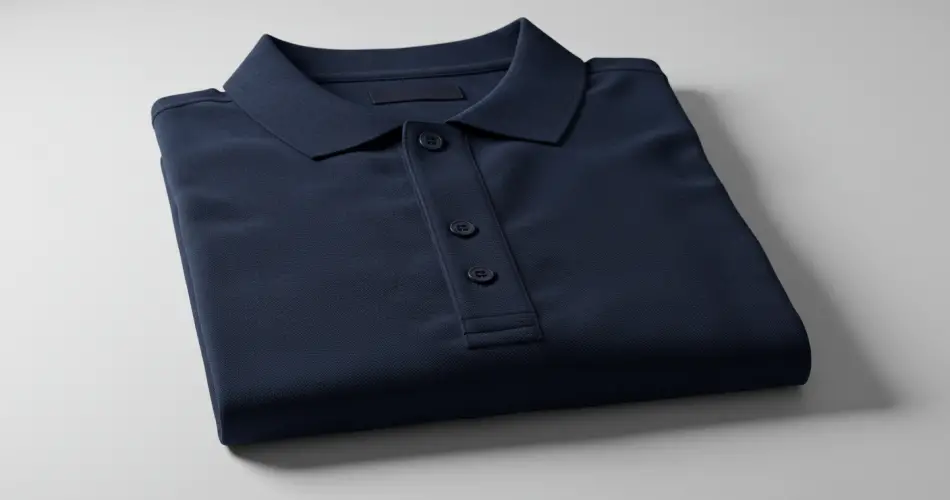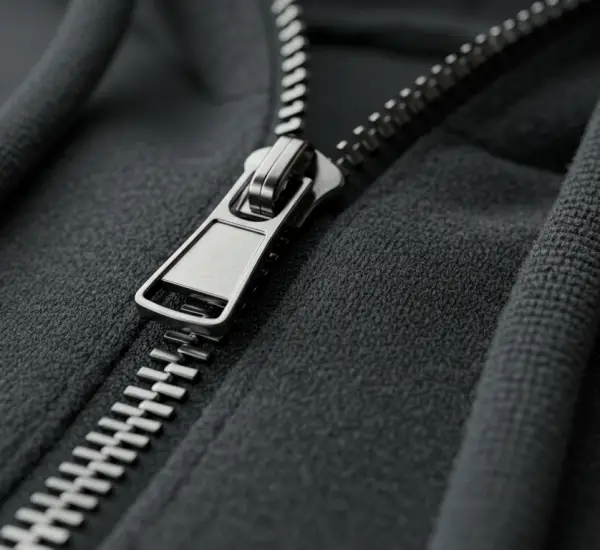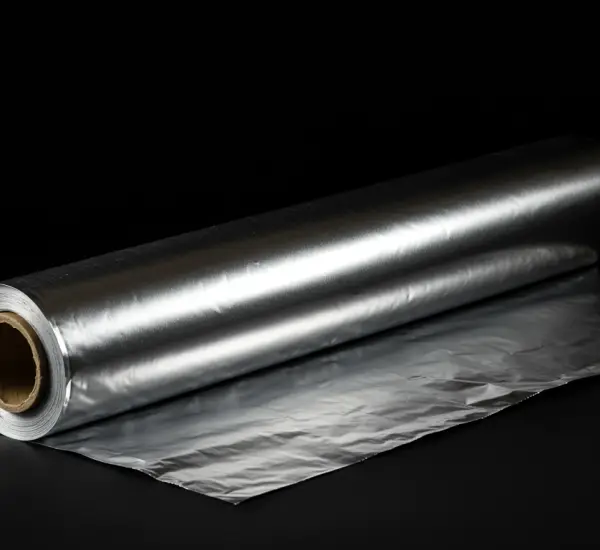Washing clothes regularly ensures you always have fresh and clean garments ready to wear for any occasion. Once the washing is done—whether by hand or in the washing machine—the next essential steps are ironing and folding. Ironing requires care to avoid burns or damage, while folding ensures clothes remain neat and free from wrinkles when stored.
Yet, for many people, folding clothes can be a real challenge. This is especially true with shirts. Unlike simple T-shirts or sweaters, shirts have collars, cuffs, and button lines that make them harder to handle. It’s not unusual to spend several minutes struggling to get them folded neatly. Fortunately, there are simple and effective techniques that allow you to fold a shirt in just a few seconds, keeping it compact, wrinkle-free, and travel-ready.
Why Folding Shirts Properly Matters
Shirts often need to be folded for two main reasons. First, when traveling, folded shirts take up less space in a suitcase, allowing you to pack more efficiently. A poorly folded shirt, on the other hand, will emerge wrinkled and may require re-ironing upon arrival.
Second, folding can also be useful at home, especially for those who lack closet space. While hanging shirts on hangers is ideal for keeping them perfectly shaped, not everyone has the luxury of a large wardrobe. For people with limited storage, folding shirts neatly and placing them in drawers or shelves is the best solution.
The Basic Method for Folding a Shirt
If you often struggle with folding shirts, this straightforward method will make the process much simpler. Here are the steps:
1. Button Up the Shirt
Before you begin, make sure all the buttons are fastened, including the collar button. This step helps maintain the shirt’s shape and prevents wrinkles from forming along the button placket.
2. Place the Shirt Face Down
Spread the shirt out on a flat surface with the back facing upward. Smooth out any wrinkles with your hands so the fabric lies flat.
3. Position the Sleeves
Stretch the sleeves out to the sides so they are aligned naturally. Then, take one sleeve and fold it across the back of the shirt, positioning it parallel to the other sleeve.
4. Fold the Sides Inward
Once the sleeve is folded, slightly fold the side of the shirt inward. Typically, this fold is around 7 to 8 centimeters (about 3 inches), though it can vary depending on the size of the shirt. The idea is to create straight vertical edges along both sides.
5. Repeat on the Other Side
Now repeat the same process with the opposite sleeve and side, making sure the folds are symmetrical. At this stage, you should have a long, rectangular shape with both sleeves neatly aligned.
6. Fold the Bottom Up
Take the lower end of the shirt and fold it upward toward the collar. For long shirts, you may need to fold it twice to keep the length compact.
7. Finish With the Top Fold
Finally, fold the upper part of the shirt down over the bottom fold. You should now have a compact, neatly folded shirt ready to be placed in a drawer or suitcase.
This method is efficient and keeps the shirt tidy without causing unnecessary creases.
An Alternative Folding Method
There is also another quick method you can try, which works especially well if you want to reduce the length of the folded shirt or make it more compact for travel.
-
Lay the shirt flat, face down – just like in the first method.
-
Fold the sleeve across the back – but instead of aligning it straight, take the lower part of the sleeve and fold it diagonally upward so it points toward the collar. This reduces the length of the sleeve.
-
Repeat with the other sleeve – folding it upward in the same way.
-
Fold the sides inward – just like before, overlapping them slightly if necessary.
-
Fold the bottom upward – and then finish by folding the top down.
The difference here is that the sleeves are shortened with the extra diagonal fold, making the final shape slightly smaller and easier to pack.
Which Method Should You Use?
Both folding methods are effective and result in a tidy, wrinkle-free shirt. The choice depends on your needs:
-
For suitcase packing: The alternative method may work better because it creates a more compact shape, perfect for tight spaces.
-
For drawer storage at home: The basic method is quick and simple, ensuring your shirts stack evenly.
Regardless of which technique you choose, the key is consistency. Folding shirts the same way every time helps maximize space and maintain order in your closet or luggage.
Tips for Better Shirt Folding
-
Iron before folding: Always fold freshly ironed shirts to avoid trapping wrinkles in the fabric.
-
Use a flat, clean surface: A table or bed works best for achieving straight lines.
-
Avoid over-stuffing drawers: Even perfectly folded shirts can wrinkle if pressed too tightly together.
-
Consider a folding board: Many households and retail stores use simple plastic folding boards to speed up the process and ensure uniform results.
Final Thoughts
Folding shirts doesn’t need to be complicated. With a few simple techniques, you can fold them quickly and neatly, saving space while keeping your garments in excellent condition. Whether you are preparing for a trip or organizing a small wardrobe, mastering these folding methods will make your life easier and your clothes more presentable.
Next time you wash, iron, and prepare your shirts, try one of these approaches. In just a few minutes, you’ll have perfectly folded shirts ready for storage, travel, or any occasion.



